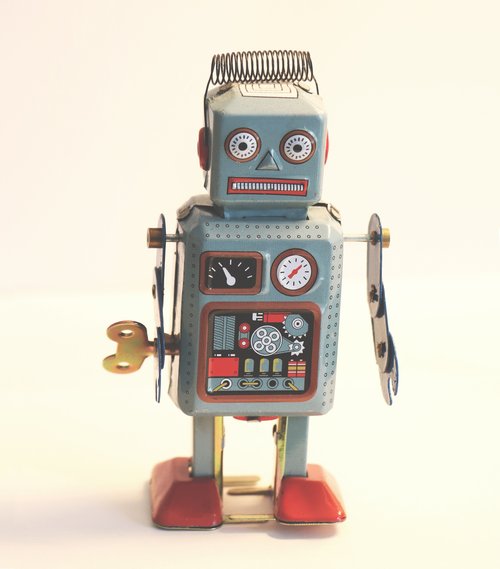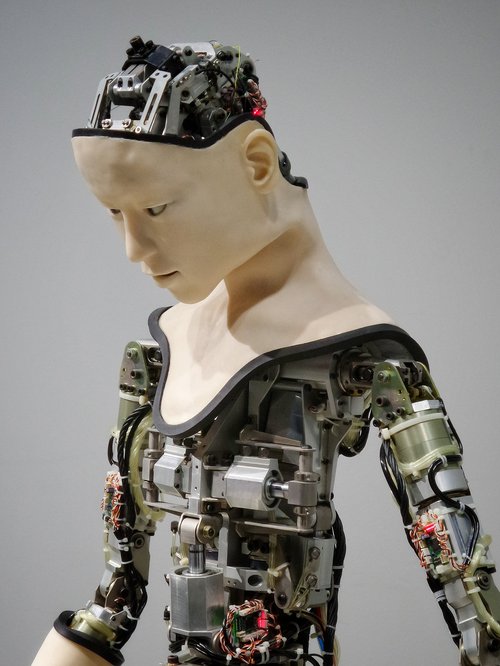Artificial Intelligence And Automation- Confusion In Terminology Has Very Practical Consequences!
Sunday, 31 March 2019By Bob McDowall

There is a creeping tendency to use the terms “automation” and “artificial intelligence” interchangeably, especially in product and service presentations. It would be helpful to differentiate precisely between the terms and draw attention to situations where the dangers of overlap occur.
Matters are not helped when technology vendors mouth terms like Intelligent Automation (“IA”), Intelligence Process Automation (“IPA”) and Robotic Process Automation (“RPA”).
To provide some clarity, let us begin with some definitions
- Automation delivers hardware or software that is capable of doing things automatically, predicated on programmed recognition that certain data permutations, violation or activities have arisen. A simple example is the operation of an alarm system, which sounds an alert in the event of smoke or an excessive rise in temperature.
- Artificial intelligence (AI) traditionally refers to a computer programme or system of interlinked programmes that mimics human-like intelligence specifically with respect to an ability to learn. AI can be further defined as “narrow AI” or “general AI”. General AI does not really exist outside of science fiction books. Narrow AI, which is becoming increasingly prevalent in real-world applications, is designed to perform specific tasks such as language translation.
Automation may or may not be based on Artificial Intelligence. Automation can be provided through the use of sensors which trigger an action when certain thresholds are exceeded. This type of automation is simply rules based- if x then y.
However, basing automation on AI is more complex, as in machine learning, learning algorithms – not computer programmers – create the rules.
As a result, whilst it is easy to predict the output of simple automation process through data readings, by contrast, there is considerably less certainty with ”AI” systems.
It is this existence of this uncertainty which requires clear differentiation for legal, regulatory, governance, ethical investment, industry sector regulations and possibly taxation reasons.
So, with respect to IA, IPA, and RPA:
- RPA is a software tool that mimics human actions by repeating a set of demonstration actions performed by a user. RPA may include features that allow data to be handled in and between multiple applications, for instance, receiving an email containing an invoice, extracting the data, and then typing that into a bookkeeping system. RPA is not AI. The intelligence and decision making is provided by a human, and no independent decision making is involved. As a result, RPA systems are predictable.
- IA and IPA bring together robotic process automation (RPA) with machine learning. Like RPA, IPA is designed to assist human workers by taking over repetitive, routine and manual tasks. Where IPA differs from RPA is its ability to learn and act on that learning without the need for human intervention. For example in the case of a financial services firm, software robots could interpret text communications, and make decisions that don’t require pre-programming, such as offering suggestions to clients. IPA systems are not completely predictable.

The pace of development and application of “AI” to industrial and service sectors is disputed by both this commentator and other analysts, in part because of the confused and interchangeable use of the terms which I have sought to explain. Unfortunately, the definitions are not merely a syntax exercise.
Enterprises are advised to consciously understand and document whether they are developing and implementing “AI“ or process which precede or facilitate “AI” as the prospect legislation, regulation, service and industry sector requirements, questions of ethics, audit requirements, liability and even taxation should be taken into account.
Confusion over terminology is likely to require additional time and resource into a fundamental evaluation of exactly what an enterprise is doing when it deploys technologies to gain efficiencies.
Equally technology vendors and service suppliers should be very clear in specifying whether they are, or are not providing artificial intelligence as this may have significant legal repercussions.
The nightmare scenario, where enterprises are obliged to react to what I term “interference” in the form of legislation, regulation, audit and other requirements, needs to be contemplated as part of the enterprise risk management function in any “AI” developments.
Bob McDowall
March 2019